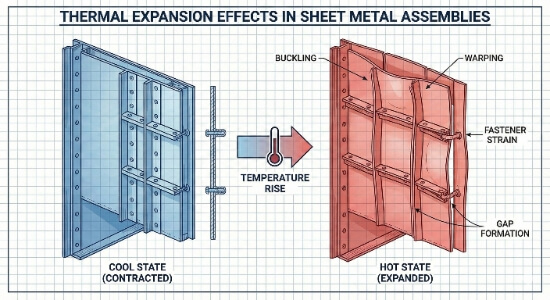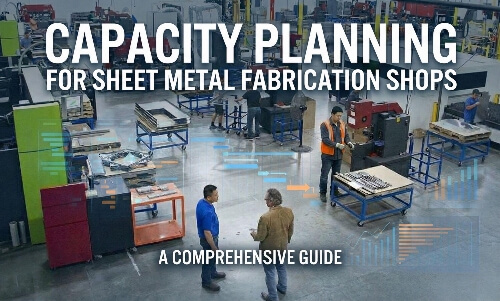Titanium is known for its durability and versatility, making it a popular material in the aerospace, medical, and automotive industries. However, cutting titanium comes with challenges. Its high strength, heat resistance, and low thermal conductivity make it tougher to cut than many other metals. Manufacturers must use specialized methods to ensure precision while preserving the material’s integrity.
Cutting titanium requires specific methods because of its hardness and sensitivity to heat. Common techniques include laser cutting, water jet cutting, plasma cutting, CNC machining, and electrical discharge machining. Each method has advantages and challenges, so it’s important to select the right one based on your specific needs.
Choosing the right cutting method is essential for manufacturers who want to maintain efficiency and control costs. Let’s explore these popular titanium cutting processes.
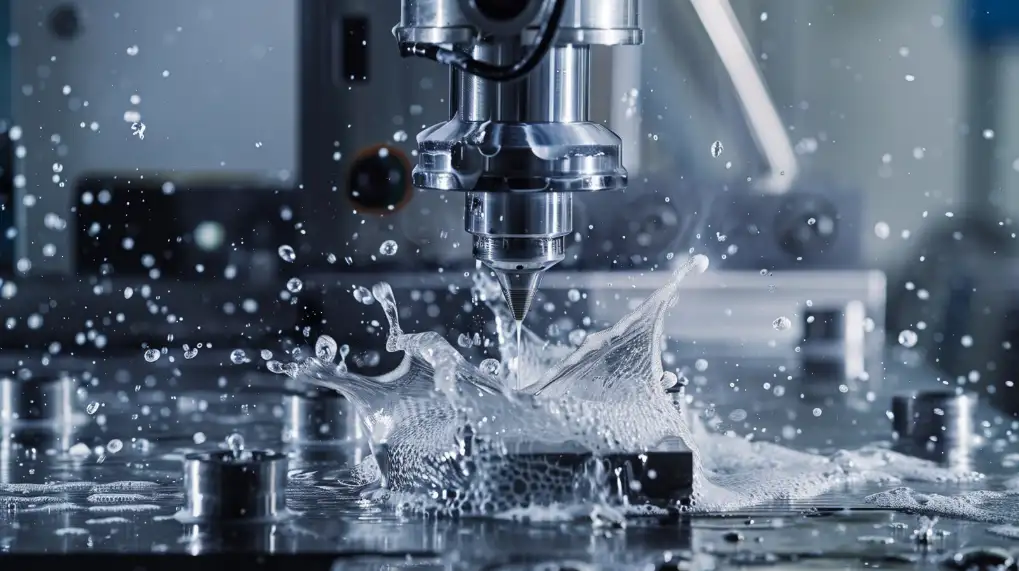
What Is Titanium Cutting?
Titanium cutting is shaping or modifying titanium material using different techniques. These methods include laser cutting, water jet cutting, and mechanical cutting. The method chosen depends on the thickness and specific needs of the titanium piece. The main goal is to make clean, precise cuts without damaging the material.
Why Is Titanium So Difficult to Cut?
Titanium is challenging to cut because it is a strong and heat-sensitive material. It needs to be cut at low temperatures to achieve the best results. Titanium absorbs heat quickly, which can cause warping or discoloration if not carefully managed. Its hardness also leads to faster tool wear. This requires specialized tools and methods to maintain accuracy and precision during cutting.
Characteristics of Titanium
Titanium is a strong, lightweight metal often used in aerospace and medical industries. It resists corrosion and can withstand high temperatures. However, its strength makes it difficult to cut.
Titanium’s hardness makes cutting it challenging. It requires special tools, as standard cutting methods wear out quickly. If not cut properly, the metal can warp or crack. Operators must carefully control the cutting speed and pressure.
Titanium also easily absorbs heat. This heat can cause the material to distort during cutting. Methods like water jet cutting avoid this issue, while laser cutting needs careful heat control to prevent damage.
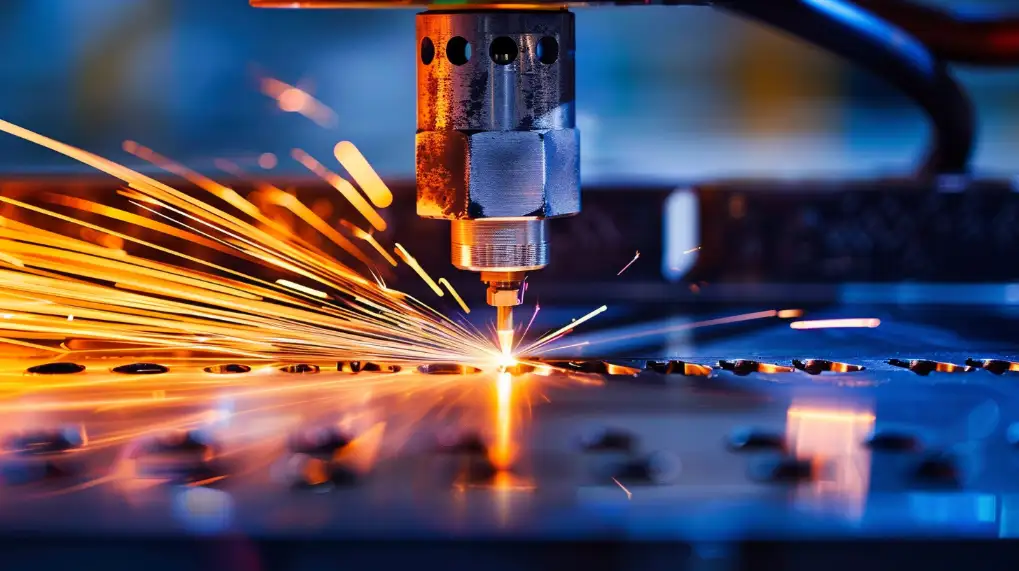
How to Cut Titanium? Common Methods
Cutting titanium requires careful consideration because of its strength and sensitivity to heat. Below, I will describe some common methods of cutting titanium.
Laser Cutting
Advantages of Laser Cutting Titanium
Laser cutting provides precise and clean edges. It allows for detailed cuts and complex shapes with minimal material waste. The focused laser beam ensures accuracy, even with thick titanium sheets.
Challenges and Considerations with Laser Cutting
Laser cutting titanium requires careful heat management. Titanium absorbs heat easily, which can cause warping or discoloration if not controlled. Special gases like nitrogen are often used to prevent oxidation, but this adds complexity to the process.
Water Jet Cutting
Precision and Cleanliness of Water Jet Cutting
Water jet cutting uses high-pressure water, sometimes with abrasive particles, to cut through titanium. This method provides precise, clean cuts without generating heat. It’s great for preventing distortion in the material, especially in thinner titanium pieces.
When to Choose Water Jet Cutting for Titanium?
Water jet cutting is ideal for titanium when heat damage is a concern or when smooth, clean edges are needed. It’s excellent for parts with complex shapes and tight tolerances, especially with thinner titanium sheets.
Plasma Cutting
Overview of Plasma Cutting
Plasma cutting uses a jet of ionized gas (plasma) to cut through metals like titanium. The plasma’s high temperature melts the material, which is then blown away. Plasma cutting is faster than laser cutting but tends to be less precise.
Limitations of Plasma Cutting
Plasma cutting works well for thicker titanium sheets but may leave rough edges. It generates much heat, affecting the material’s properties and finish. This method isn’t ideal for precise or intricate cuts, especially in thinner titanium.
CNC Machining
Overview of CNC Machining for Titanium
CNC machining uses computer-controlled machines to shape titanium by removing material. It’s highly versatile, allowing for complex shapes and tight tolerances. CNC machining is used in both prototyping and mass production.
Benefits and Precision of CNC Machining
CNC machining offers high precision and repeatability. It can create detailed features like holes, grooves, and contours. This method is best for projects that require fine details and dimensional accuracy in larger quantities.
Common CNC Techniques for Cutting Titanium
Common CNC techniques include turning, milling, and drilling. Each method is suited to different applications, depending on the part’s size and shape. CNC machines use various tools to handle titanium’s hardness and achieve the desired finish.
Electrical Discharge Machining (EDM)
How EDM Works for Titanium?
EDM uses electrical sparks to remove small amounts of titanium from the workpiece. A controlled electrical discharge between the tool and the workpiece erodes the material. This method is great for complex shapes that are hard to machine with traditional methods.
Key Benefits and Drawbacks of EDM for Titanium
EDM provides high precision, making it perfect for intricate designs and hard-to-reach areas. However, it can be slower than other methods. The process also generates heat that may affect the material’s properties. EDM is best for parts with fine details or high tolerances.
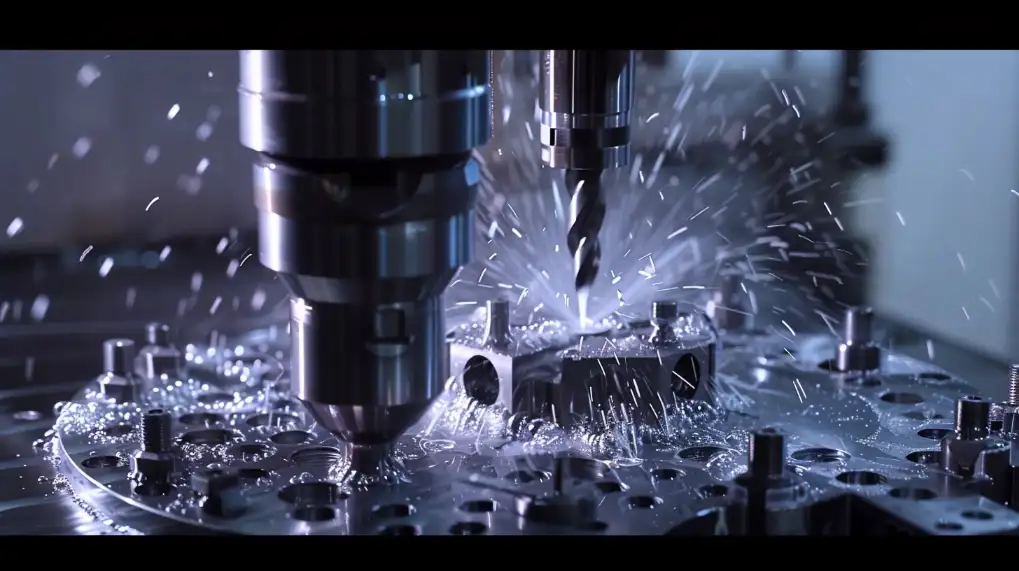
Factors Influencing Titanium Cutting
Cutting titanium requires careful consideration of several factors. These factors impact the cutting method’s choice and the final result’s quality. Let’s examine the key factors that affect titanium cutting.
Material Grade
Titanium comes in different grades, each with unique properties that influence how easily it can be cut. For example, commercial-grade titanium alloys are easier to cut than advanced alloys like Grade 5 (Ti-6Al-4V). The grade affects the type of tools you need, the cutting speed, and feed rates.
Cutting Speed & Feed Rate
The cutting speed and feed rate are crucial for achieving a good cut. Cutting too fast can create excessive heat, leading to material warping or tool wear. A slower speed combined with the right feed rate results in smoother cuts and reduces strain on the tool.
Tool Selection
Choosing the right tool is vital when cutting titanium. Due to titanium’s hardness, carbide or coated tools are usually preferred. These tools stay sharp longer and are more resistant to wear. Sharp tools also reduce cutting forces and help prevent heat buildup at the cutting edge.
Heat Management
Titanium absorbs a lot of heat during cutting. If not managed properly, this can cause distortion, discoloration, or tool failure. Using cooling fluids or selecting slower cutting speeds are effective ways to control heat and achieve better results.
Machine Rigidity
The rigidity of the cutting machine is essential for precise cutting. If the machine isn’t rigid enough, vibrations can occur, affecting the quality of the cut. A stable, high-rigidity machine setup ensures better precision and extends the life of both the machine and the tool.
Challenges and Solutions in Cutting Titanium
Due to its unique properties, cutting titanium presents several challenges. However, understanding these challenges and their solutions can help improve the cutting process and ensure high-quality results.
Material Deformation and Distortion
Titanium is prone to deformation and distortion during cutting, especially when heat is not controlled properly. Its high strength-to-weight ratio can lead to warping if the cutting process isn’t managed carefully.
Solution:
To reduce deformation, use low-speed methods like water jet or laser cutting. Water jet cutting eliminates heat, preventing thermal distortion. Also, clamping and fixturing techniques to stabilize the material during cutting can help prevent bending and warping.
Titanium’s High Cost and Its Effect on Cutting Choices
Titanium is more expensive than many other metals, which increases production costs. The need for specialized tools and cutting methods adds to the expense, especially for large-scale or precision parts.
Solution:
Manufacturers should choose cutting methods that balance precision with material waste to manage costs. Laser cutting, for example, offers high precision with minimal waste. Advanced techniques like EDM can also reduce the need for post-processing, saving time and money in the long term.
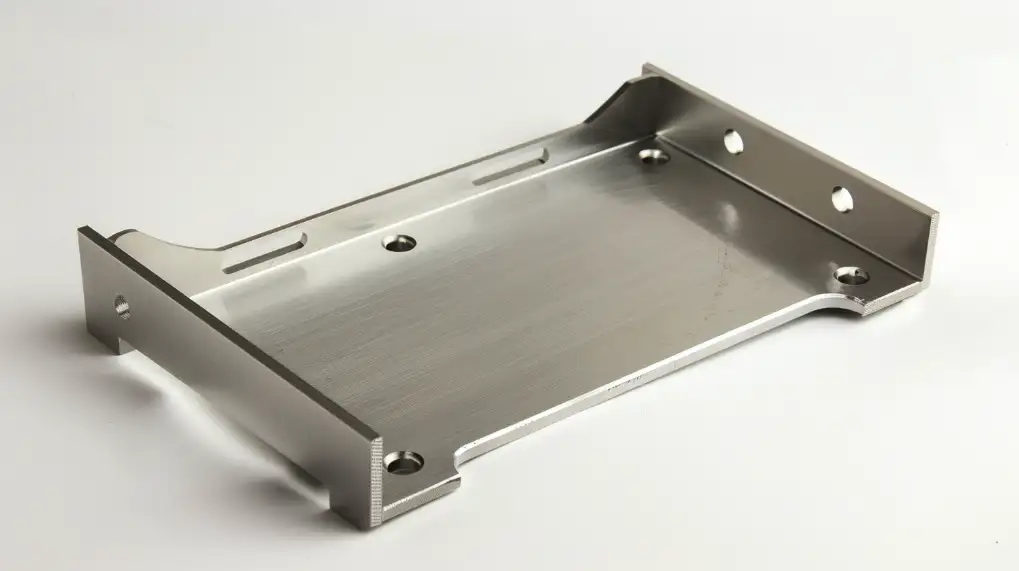
Applications of Titanium Cutting
Titanium’s strength, lightweight, and corrosion resistance make it a crucial material in many industries. Below are some key applications where titanium cutting ensures precision, performance, and durability.
Aerospace Industry
Titanium is widely used in aerospace for components like turbine blades, engine parts, and airframe structures. Its strength-to-weight ratio allows it to withstand extreme stress and high temperatures.
Medical Devices and Implants
Titanium’s unique biocompatibility makes it invaluable in the healthcare sector. It is used for implants, prosthetics, and surgical instruments.
Automotive and Motorsport
In automotive and motorsport applications, titanium is used for components like exhaust systems, valves, and suspension parts. Its lightweight and high-strength properties reduce vehicle weight, improving performance and fuel efficiency.
Marine Industry
Titanium’s resistance to corrosion makes it ideal for marine applications, such as ship hulls, propellers, and offshore platforms exposed to seawater. Its durability and resistance to the harsh marine environment make it a preferred material.
Conclusion
Due to its hardness, heat sensitivity, and high cost, cutting titanium requires specialized techniques. Choosing the right cutting process is essential to achieving precise, high-quality results while minimizing material waste and tool wear.
Need help with your titanium cutting needs? Contact us today to discuss your project and find the perfect solution tailored to your requirements!
More Resources:
Versatility of Titanium – Source: Titek
Understanding Material Integrity – Source: Thermofisher
Hey, I'm Kevin Lee

For the past 10 years, I’ve been immersed in various forms of sheet metal fabrication, sharing cool insights here from my experiences across diverse workshops.
Get in touch

Kevin Lee
I have over ten years of professional experience in sheet metal fabrication, specializing in laser cutting, bending, welding, and surface treatment techniques. As the Technical Director at Shengen, I am committed to solving complex manufacturing challenges and driving innovation and quality in each project.

